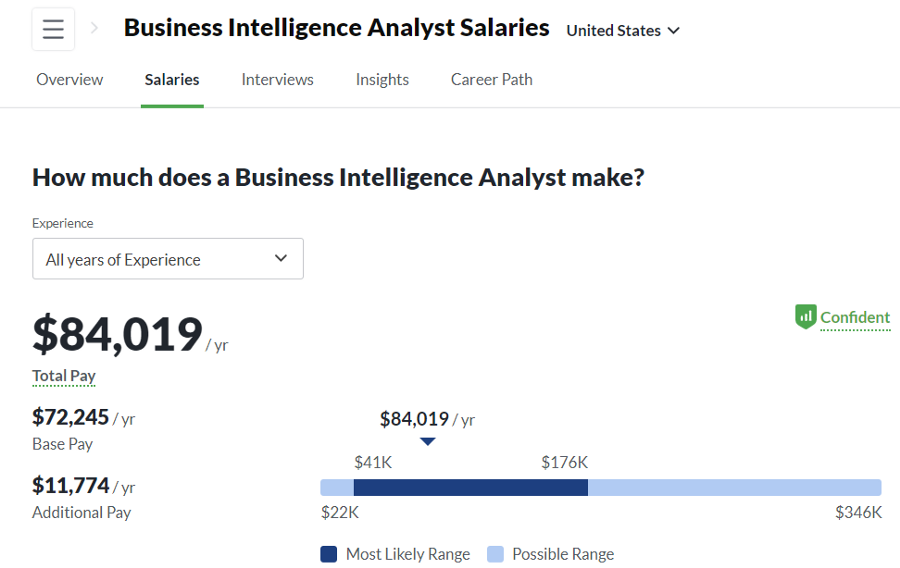course
Should Business Intelligence Analysts Learn to Code?
Let’s explore the reasons why BI analysts might want to invest in learning how to code
Jul 2022 · 8 min read
Related Courses
4 hours
5.6M
course
Introduction to R
4 hours
2.7M
course
Introduction to Data Visualization with ggplot2
4 hours
139.5K
See More
RelatedSee MoreSee More
blog
Why Your Company Needs Python for Business Analytics
Learn why Python is so important, and how it’s useful across industries and all fields of business analytics.
Joyce Chiu
5 min
blog
Which Data Science Technology Should I Learn?
Discover whether you should learn a data science and analytics language, such as Python or R; SQL; spreadsheets; or a business intelligence tool.
DataCamp Team
5 min
blog
Top 5 Business Intelligence Courses to Take on DataCamp
Find out about the courses DataCamp offers for business intelligence, equipping you with the skills necessary to thrive in any data-driven role!
DataCamp Team
3 min
tutorial
Choosing Python or R for Data Analysis? An Infographic
Wondering whether you should use Python or R for data analysis? You’ve come to the right place.
DataCamp Team
2 min
tutorial
Data Visualization with Power BI
Learn how to analyze and display data using Power BI and make better, more data-driven decisions.
Parul Pandey
16 min
tutorial
Running Python Scripts in Power BI Tutorial
Discover the different ways you can use Python to optimize data analysis, visualization, and modeling in Power BI.
Joleen Bothma
9 min
